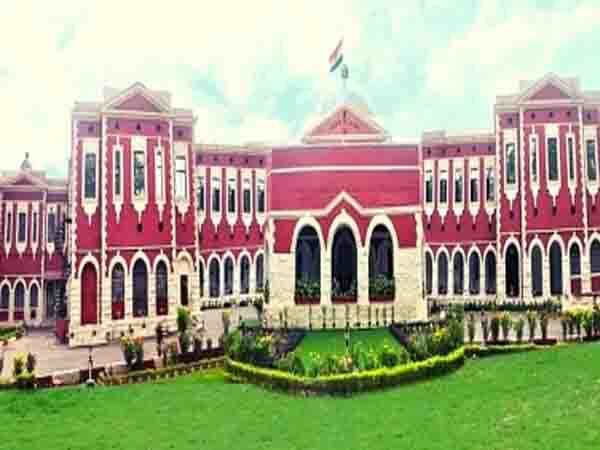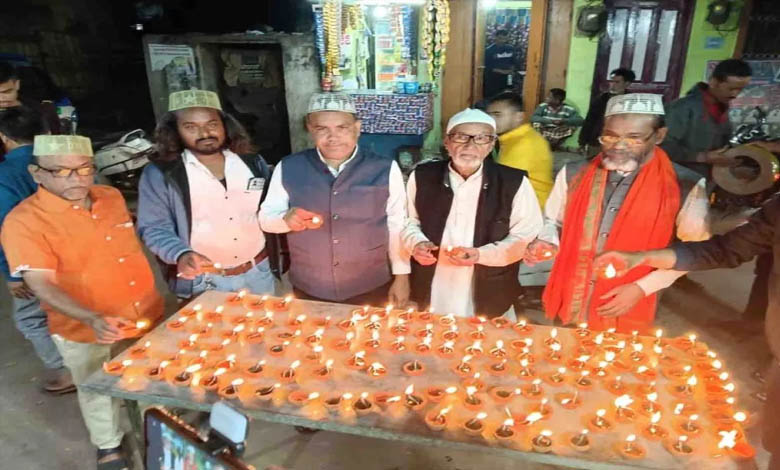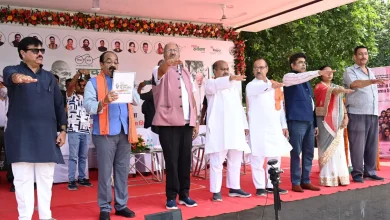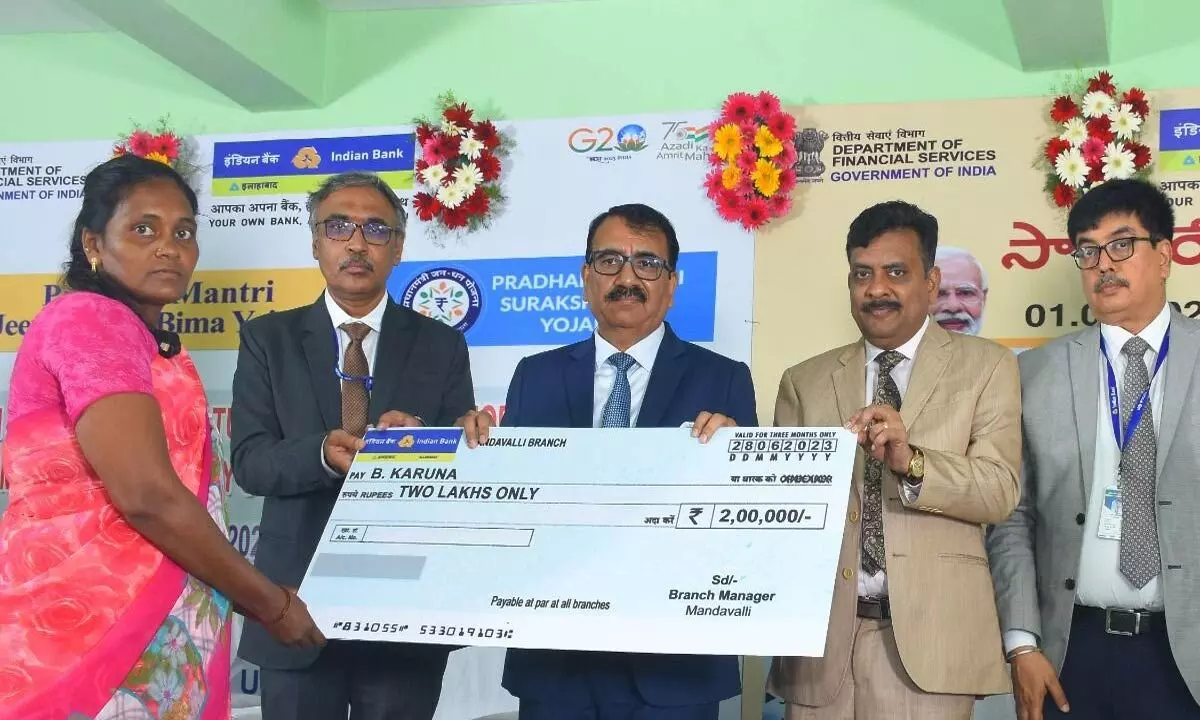Debate again on Bangladeshi infiltration in Jharkhand Demography of five districts has changed

Ranchi (IANS) | The issue of infiltration of Bangladeshis in five districts of Jharkhand has once again sparked a debate. This time the matter is in the High Court of Jharkhand through a PIL. While hearing this on Wednesday, the High Court has sought answers from the central and state governments.
The court has asked both the governments whether they are aware of the infiltration of Bangladeshis or not? If known, what action was taken to stop it?
Actually, this issue has been arising since long. There have also been political allegations and counter-allegations regarding this. Union Home Minister Amit Shah held a rally in Chaibasa, Jharkhand on January 7 this year and then in Chaibasa on February 4, during which he raised the issue of Bangladeshi infiltration in the state and held the current Hemant Soren government responsible for it. Was. Describing Hemant Soren as an opponent of tribals, he had said that in the greed of vote bank, he is changing the demography of the place. The number of infiltrators is increasing here. The population of tribals and backward classes is decreasing. Infiltrators are grabbing the land of tribals. They are torturing the daughters-in-law here. Infiltration is happening openly in Sahebganj, Dumka, Godda, Pakur, Jamtara and instead of stopping it, Hemant Soren is watching everything with a smile.
BJP leader and advocate Ashwini Upadhyay had also filed a petition in the Supreme Court on this issue last year. It sought directions to the central and state governments to identify, detain and deport Bangladeshi infiltrators back to Bangladesh. After receiving notice from the court on this PIL, the state government had filed its reply along with a 15-page affidavit in May last year. The Jharkhand government, in its reply, had said that the situation in the PIL has been described as alarming, but it is based on wrong assumptions and conjectures.
The reply filed by Prashant Kumar, IG, Special Branch of Jharkhand Police, also stated that there is already a mechanism in place to set up detention centres, holding centers and camps in various states to detain illegal immigrants or foreign nationals. Is. Jharkhand government has also built a model detention center for this in Hazaribagh.
The internal reports of the government and its machinery tell that the demography of the five districts of Jharkhand, located close to the Bangladesh border, has changed rapidly. Lakhs of infiltrators from Bangladesh have settled in different areas of Sahibganj, Pakur, Dumka, Godda and Jamtara districts in the last three decades. Government departments have received reports from time to time to the central and state governments regarding the demographic changes taking place in these areas. In 1994, more than 17,000 Bangladeshis were identified in Sahibganj district on the orders of the Union Home Ministry. The names of these Bangladeshis were removed from the voter list, but they could not be sent back.
In the year 2018, during the tenure of the previous Raghuvar Das government of Jharkhand, the Home Department had sent a proposal to the Center to implement NRC (National Register of Citizenship) in the entire state in view of the changed demography of the area due to Bangladeshi infiltrators. No decision could be taken from the Center on this.
During the last budget session of the Vidhan Sabha, Rajmahal MLA Anant Ojha raised the issue of Bangladeshi infiltration in the districts of Santhal Pargana through an adjournment notice. He had said in his information that the population balance in Sahibganj district has deteriorated due to Bangladeshi infiltration since last few years. The infiltrators have become citizens of India by creating fake names and many certificates. Encroachment of government land. Taking advantage of the government resources here.
A report was also sent from Jharkhand to the Home Department on the growing influence of Bangladeshis. It was mentioned in the report that Bangladeshis were coming to Jharkhand via Bihar and Bengal. In this, it was recommended to set up a task force to identify illegal immigrants. The figures also confirm that the Muslim population has increased unexpectedly in the districts of Jharkhand which are close to Bangladesh. For example, in Pakur, the Muslim population was 33.11 percent in 2001, which increased to 35.87 percent in 2011.
Sporadic cases like Bangladeshi citizens being caught in Jharkhand, getting their names wrongly registered in the voter list here, Indian passports being issued to Bangladeshi citizens come every month or two.
Intelligence agencies have also sent such reports to the governments from time to time, in which detailed details have been recorded about the modus operandi of Bangladeshis. In one such report sent to the Home Department, it has been told that in Sahibganj and Pakur of Santhal Pargana, illegal migrants have made voter IDs, Aadhaar cards, even driving licenses. The hold of banned organizations like Jamaat-ul-Mujahideen Bangladesh and Popular Front of India and Ansar-ul-Bangla is increasing in these areas. There are many examples that people who came from Bangladesh married local women and settled here.
–IANS





